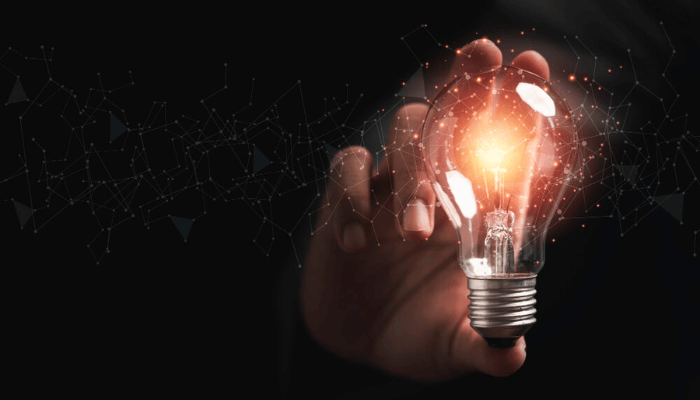With a Stage 16 draft in place, and stage eight loadshedding almost put into practice, it’s important that individuals and organisations get ready for what might happen if the lights go out.
The National Rationalised Specifications (NRS) Association issued a press release. A non-event for most companies, a singular moment for the NRS as it may well be the first in the organisation’s history. The release outlines the ‘worsening electricity crisis’ and is focused on assuring the ‘public that proactive and detailed planning is being thought through’. The timing of this release, along with planning being put in place to manage the challenges of Stage 16, and the fact that the country flirted with, if not outright dated, Stage 8 in February 2023, isn’t reassuring. As Theo van Zyl, Head of Wireless at Vox warns, if loadshedding gets any longer, there are going to be immense challenges facing those that rely on networks, fibre and LTE.
“Most of the operators providing these services can sustain them for up to six hours of a power outage at most,” he says. “If there aren’t generators on-site to power the equipment, then obviously the last mile is also seriously affected. If the power goes down, the fibre goes down because the batteries and their backups would just eventually die. This is just one of the problems facing last-mile connectivity.”
The second is that even with on-site generators and alternative power support structures in place, as the outages grow longer and the country experiences 12 or 24-hour outages, these core networks are also going to be under strain. So, even if the networks planned for 234 days of diesel, if systems go down and demand goes up, they will be unable to access the fuel they need to maintain their services. This also introduces a complex balance between what companies should order for fuel now, versus waiting to see what happens. After all, diesel is an expensive investment and has seen companies pay millions in unexpected costs.
“If loadshedding runs over a few days, the issues will compound,” adds van Zyl. “It won’t matter if you have wireless or fibre or LTE mobile, nothing is going to work, especially the last mile. People working from home are going to lose their connectivity first as they didn’t make provision for the last mile networks to last that long, although ADSL users may last for longer thanks to the capabilities of copper. However, every individual and office still have electronic equipment that relies on batteries and backup that, in turn, rely on generators. When the fuel ends, so will the office.”
He adds that satellite could work as a long-standing alternative, but not in South Africa if it has local breakout on the core networks. What companies actually want is international connectivity from Satellite landing sites in Europe that have power and backboned to the internet there. Then, if anything happens in South Africa, those who have a European-based solution will have internet connectivity. This should be further supported by investment in on-site solar power that can handle technology, equipment and connectivity. The latter doesn’t need a lot of power, but it does need reliable power to ensure that it continues to operate.
“If the country falls to a total blackout, solar and alternative power structures, along with trusted satellite, are the only options available to ensure that people, businesses and systems remain
connected,” says van Zyl. “We are already seeing a lot of companies take up satellite for redundancy. This is a critical plan that has to be put in place, especially if companies want to protect their business and continue to run things in the cloud.”
Without connectivity, businesses will come to a complete halt. No email, no calls, no way of connecting reliably. A complete blackout means that even the most basic of business services will come to a slow, stuttering halt. It is a concern, and one that demands attention as the country teeters on the edge of disaster. As Gav Hurford, System Operator at Eskom, explains in this video, the end, should it come, isn’t going to be pretty.
“It isn’t all doom nor is it gloom,” concludes van Zyl. “The key is to plan now, invest now and ensure that your systems are ready for the worst. Then, if it doesn’t happen, you’re not only ahead in terms of disaster recovery, but you’re no longer as reliant on the grid as in the past. A win-win that will stand your business in good stead in the future.”













